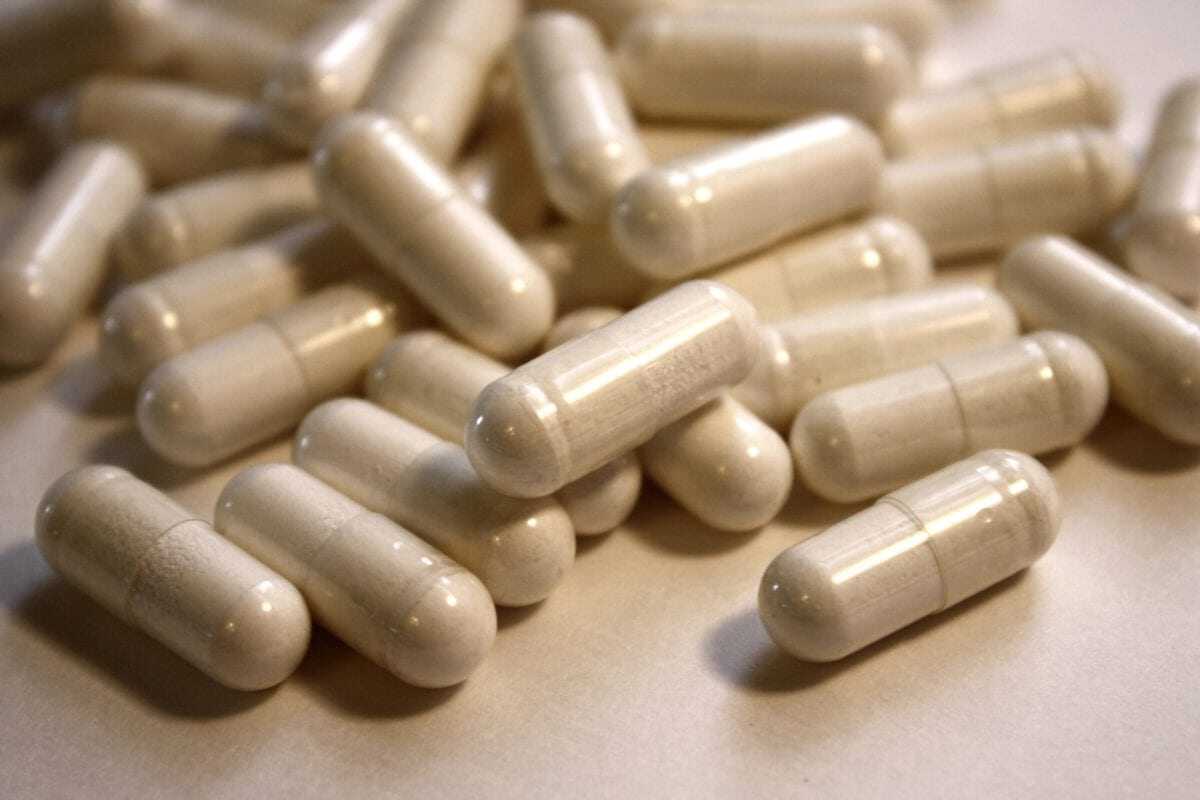Since the birth of capsules more than 100 years ago, capsules have achieved rapid development in the fields of health care and pharmaceuticals, and have become one of the most important dosage forms for oral solid preparations. Compared with tablets, the GMP production workshop of capsules has less process equipment, high space utilization, more reasonable layout, less inspection time in production process, less quality control parameters, less operator required, low risk of cross contamination, and preparation process simple, low production process, simple auxiliary materials and low cost. According to authoritative experts, the combined cost of hard capsules is 25-30% lower than that of tablets. At the same time, in the actual use process, the capsule type drug has the effect of ensuring the effective absorption of the drug in the human body, and reducing the stimulation of the drug to the respiratory tract and the digestive organs, and the capsule drug is convenient to be administered, easy to take and carry. Therefore, it is favored by users.
In the centuries of capsule history, gelatin has maintained its position as a mainstream capsule with its wide range of sources, stable physicochemical properties and excellent processing properties. empty capsules are more widely used in the field of pharmaceuticals and health foods as people's preference for capsules increases.

However, the occurrence and spread of mad cow disease and foot-and-mouth disease have caused people to start worrying about animal-derived products. The most commonly used raw materials for gelatin are the bone and skin of cattle and pigs, and the risks are gradually being paid attention to. In order to reduce the safety risk of empty capsule raw materials, industry experts continue to research and develop suitable plant-derived capsules.
In addition, with the increase in the variety of capsules, the diversity of its contents has gradually made people realize that gelatin empty capsules have compatibility problems with some contents with special properties.
In fact, in 1997, Pfizer was the first to introduce hydroxypropyl methylcellulose empty capsules VcapsTM and pullulan in the US market. Since then, Japan, Austria, and South Korea have successfully developed plant capsules using seaweed, corn starch, and the like as raw materials. At present, a new type of plant capsule product with three different raw materials represented by cellulose ester, plant polysaccharide and plant starch has been formed internationally.
According to data published by the China Cellulose Industry Association, the annual output of China's gelatin empty capsules is 100 billion, of which the market share of plant capsules is far lower than that of gelatin capsules, which is no more than 5%. However, from the perspective of the global market, the annual sales volume of HPMC empty capsules worldwide has exceeded 20 billion, and it is growing at a rate of 25% per year.


